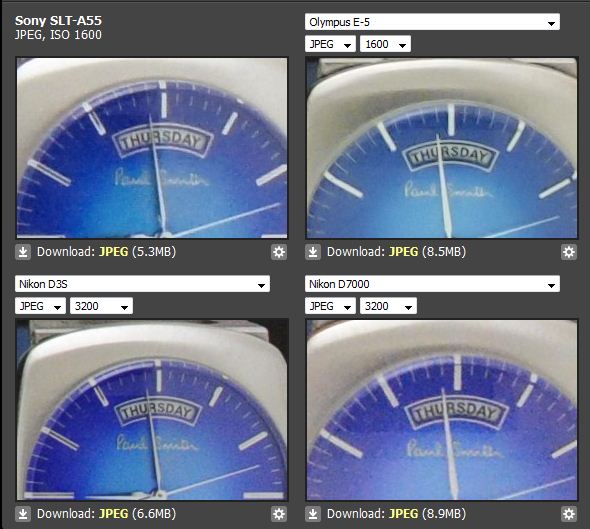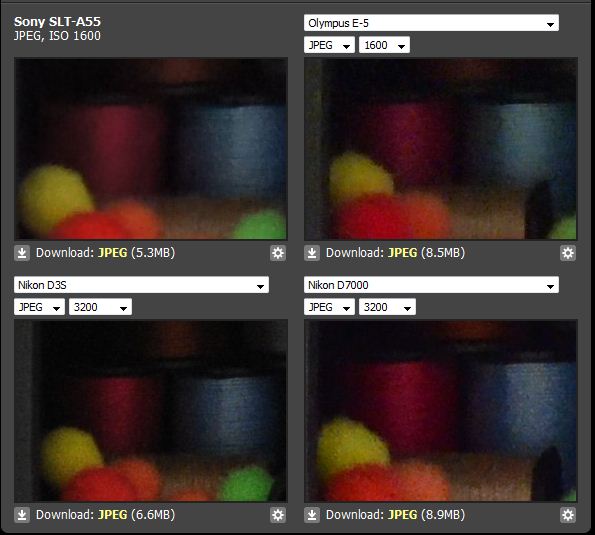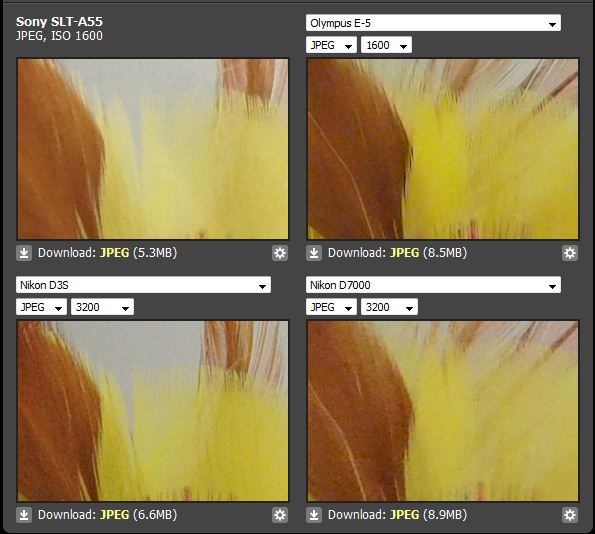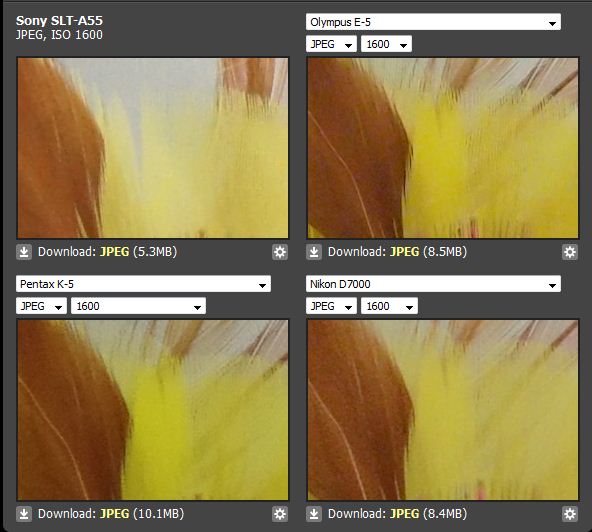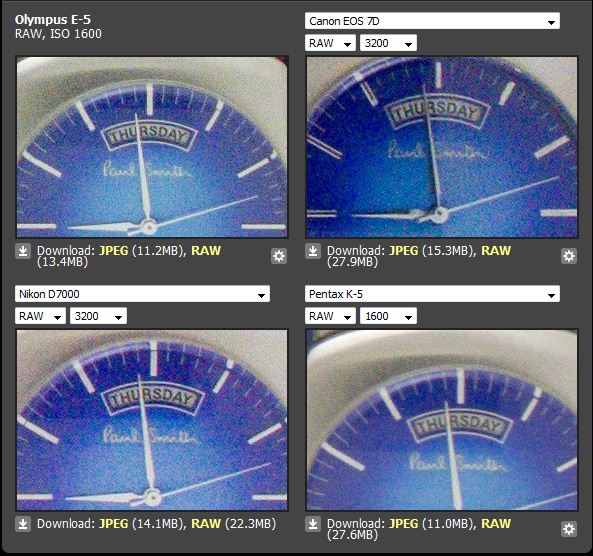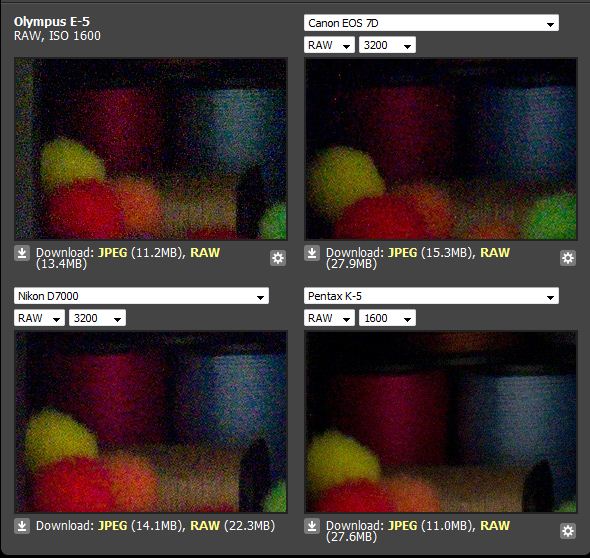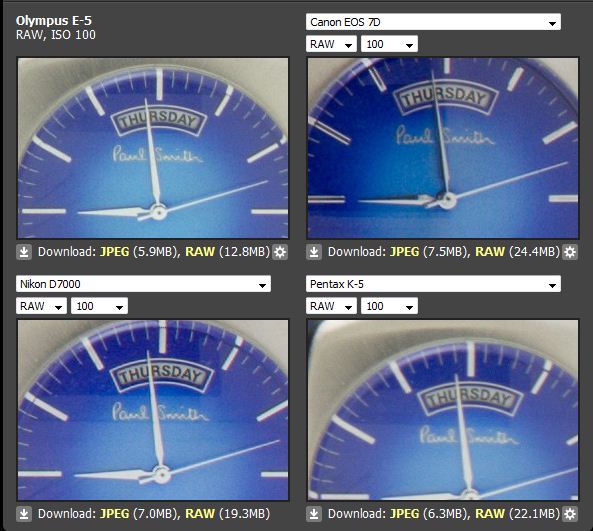ptomsu
Workshop Member
First, I had the FW update of the K5, but even with that it did not work for me.Well - the first firmware update improved things (did you have that?), and it seems there is another one on the way - but apart from testing (where I can see issues as well) I've found the AF to be very reliable in 'real life' even in low light . . . . it's a new AF module (also designed for the MF 645), and Pentax do have a history of getting these things right.
I disagree so radically with this - I have / want / need a full frame 35mm camera, it has obvious advantages. But if I'm going to have a decent small dSLR, then it can't be full frame, because of the lenses - even if Nikon can squeeze a FF sensor into a D7000 sized body (as you say, possible I'm sure), there really isn't much point if you have to use lenses like the 24-70 and 70-200 to take advantage of the sensor.
I think the time it's taken Nikon to update the D700, and Canon the 5DMk II indicates that camera manufacturers on the whole feel the same way.
Added to which the high ISO from the new Sony APS-c sensor is great - really good - Jorgen's argument in favour of the E5 is quite comprehensible, but it hinges around the existence of fast (and excellent) Olympus glass (and the fact that there's nobody selling the K5 on a professional basis where he lives :loco
I think the tragedy of the E5 is that Olympus have obviously done the very best they can with the AF and ergonomics, and their glass is peerless . . . . . . but they're stuck with a mediocre Panasonic sensor (even if they've done their very best with it), and they've made a camera twice as big as it needs to be - which defeats the whole original concept of 4/3. If the E5 was the size of the Pentax, with a sensor the quality of the Sony sensor in the K5, then I'd be there in a second . . . .
Second - as you can see from all what I am trying, I really also want a smaller DSLR with maybe APSC sensor size and excellent but smaller lenses. Unfortunately I did not find this so far. It is definitely not Canon (as I rule this company out because I simply do not like their approach), it is not Nikon, as they might have the right camera (D7000) but not the right lenses, it is not Pentax as I had the issues we discussed in length and - my last hope - it is also not Olympus with their E5, because the sensor is not the GH2 sensor (this would have totally solved the sensor issue) and they made the mistake to build these huge Pro Grade lenses and a Pro Grade camera body like the E5.
I fully agree, if there would be an E5 in an E1 body with the GH2 sensor and similar excellent image processing as in the E5 plus the same Pro grade lenses like the 2/14-35 and 35-100 only in 2.8, then this would be the dream combination!
I do not agree that the K5 AF was near as good as the AF in the E%. This one is now significantly better! But to put that in relation with what is possible, the D700 AF simply tops that by far, especially in low light and in heavy backlight.






